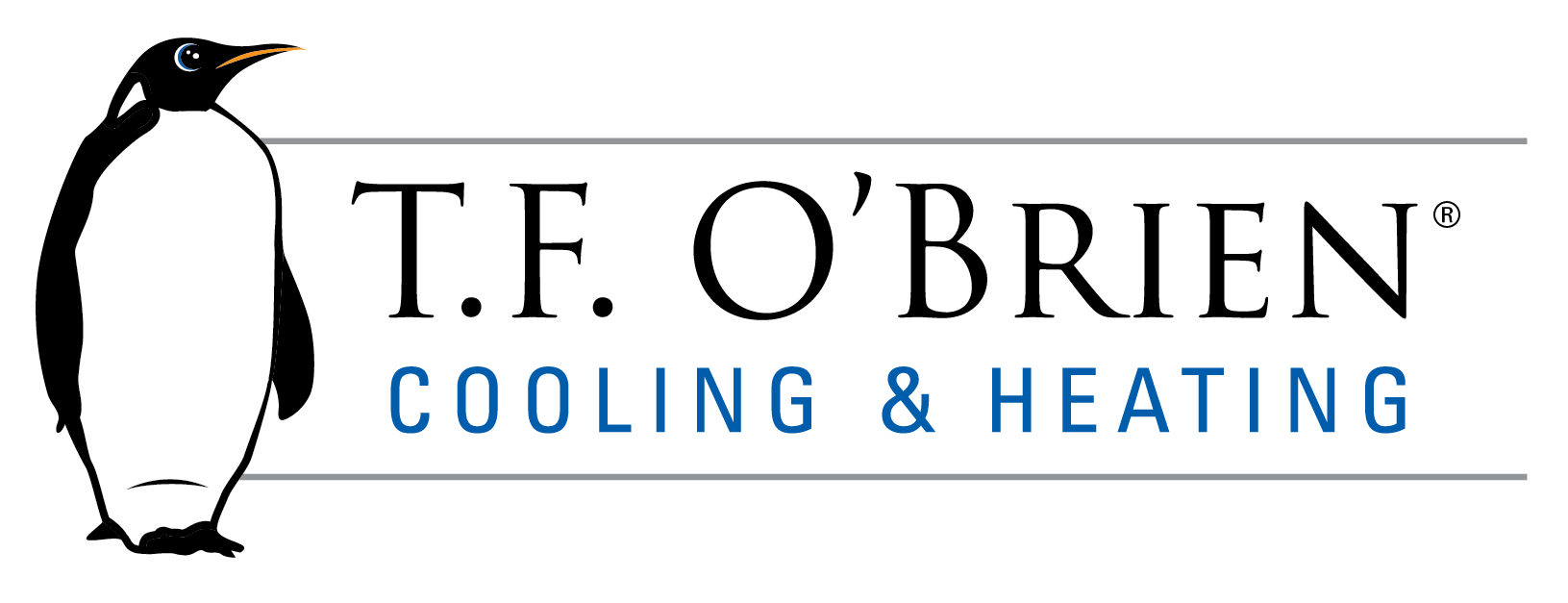The last thing Long Island homeowners need to contend with is another catastrophe triggered by the weather. So if continuing winter weather has kept you on edge, it may help to remember that you can take a proactive stance with regard to ice dams. In fact, you can absolutely prevent an ice dam from wreaking havoc on your roof, as well as your home and wallet.
Ice dams form on your roof after a series of events takes place. First, snow falls and accumulates on your roof. The heat that escapes from your roof, often because of insufficient insulation, causes the snow to melt. This melting snow and water trickles down your sloped roof as it’s designed to do until it reaches a colder portion of the roof, where it stops and freezes. At this point, an ice dam has formed. The same principle applies to those dagger-like icicles that you may see hanging from the edge of a roof.
Ice dams can form even after a minor snowfall, but the bigger and most dangerous ice dams form after a period of heavy snow and cold temperatures.
The trouble for homeowners occurs when a large ice dam melts or more trickling-down water, blocked against the ice dam with nowhere else to go, seeps into the home through the roof, ceiling and/or trim of windows. The damage can be extensive, and if it’s repaired incorrectly, it can lead to mold growth.
To prevent winter weather damage of this nature:
- Keep your roof free of snow, if possible.
- Seal leaks near the attic hatch, chimney, ceiling fixtures, exhaust fans and wires.
- Inspect your attic insulation and add to it if necessary.
- Check that exhaust fans are vented outdoors.
If you need help combating ice dams or any other assistance with your home, contact the professionals at T.F. O’Brien Cooling & Heating. Long Islanders have been through enough, but our company remains committed to helping homeowners get through these weather events together and with a proud sense of community.
Our goal is to help educate our customers about energy and home comfort issues (specific to HVAC systems). For more information about other HVAC topics, download our free Home Comfort Resource guide.
Image via Shutterstock.com
